WASHINGTON — Amtrak is temporarily combining the Capitol Limited and Silver Star trains to create the new Floridian. Amtrak says the change is due to the upcoming East River Tunnel Rehabilitation Project in New York. During this project, one tunnel tube will be closed at a time, minimizing service impacts, maximizing construction access and modernizing the tunnel infrastructure to serve customers for another 100 years. The single-level train makes its inaugural trip on Nov. 10.
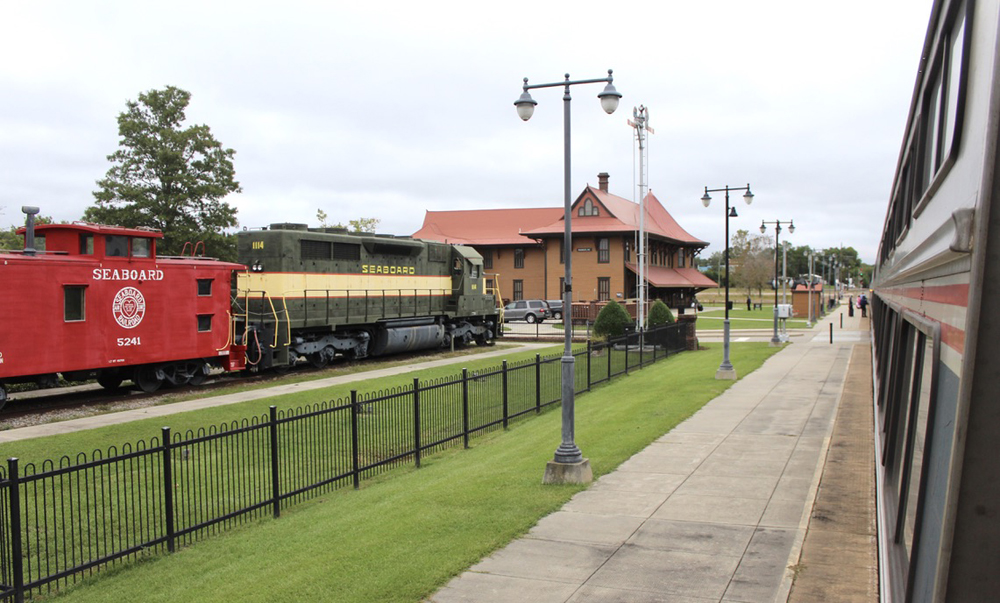
Trains News Wire first reported on the possibility of a combined service in July 2024.
“The Floridian offers customers an exceptional and sustainable journey to great destinations between Chicago and Miami, providing the amenities and delicious food our guests enjoy when traveling with us,” Amtrak Executive Vice President and Chief Commercial Officer Eliot Hamlisch says.
The new Floridian service will carry train Nos. 40 and 41. It will offer Traditional Dining service in the Dining Car, a complimentary amenity for customers traveling in First Class private rooms.
In the 1970s, Amtrak Floridian service provided direct service between Florida and the Midwest for almost a decade. The train was first known as the South Wind, a name inherited from predecessors Pennsylvania Railroad, Louisville & Nashville, and Seaboard Coast Line. With the issuance of Amtrak’s first in-house timetable on Nov. 14, 1971, the name was changed to Floridian. The train provided the only Amtrak service to such cities as Louisville, Ky.; Nashville, Tenn.; and Montgomery, Ala., in its time. At the Florida end, the train saw the operation of two sections, one to Tampa/St. Petersburg and the other to Miami. To access St. Petersburg, the train had to navigate street trackage at Clearwater. At various times in the 1970s, Amtrak Floridian service operated combined with the Silver Star south of Jacksonville. The train was discontinued in October 1979.
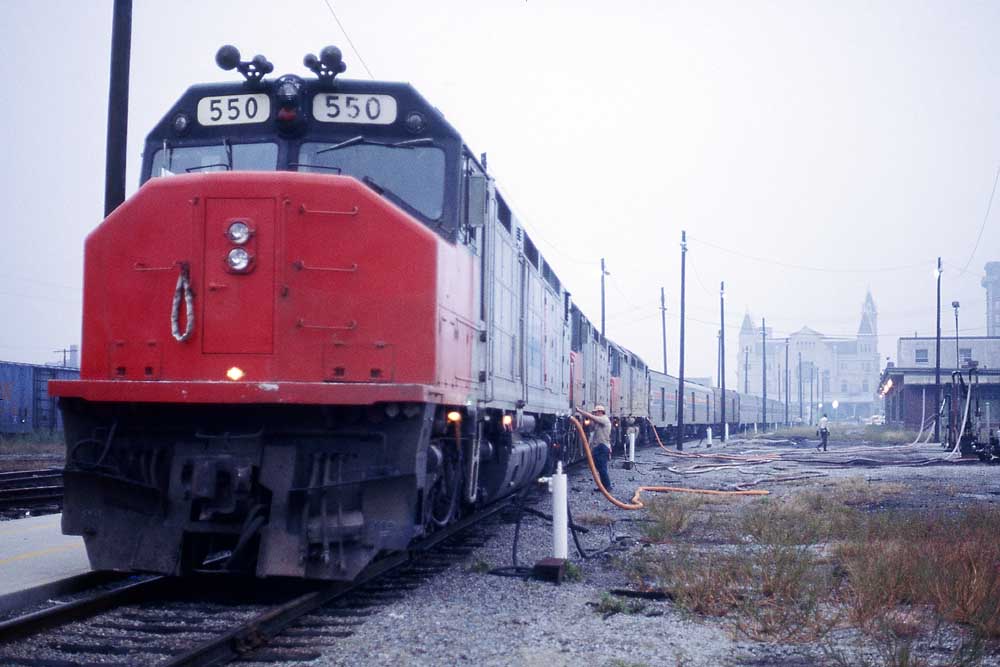
In response to Trains News Wire inquiries about specific operating details, Amtrak spokeswoman Kimberly Woods says the new Floridian will be assigned four Amfleet II coaches and continue with only two Viewliner sleeping cars, as the New York-Miami Silver Star now has. This will result in a significant decrease in bedroom capacity on the Chicago-Washington, D.C. portion of the route — from 10 to 4 bedrooms on each train, since each of the two Superliners that currently operate on the Capitol Limited has 5 bedrooms and each Viewliner has 2. Both Superliners and Viewliners have one accessible bedroom, but Viewliners do not have a family bedroom that sleeps two adults plus two small children.
Roomette revenue capacity will also be reduced slightly from the 13 salable rooms in a Superliner to 11 (Viewliner II) or 12 (Viewliner I). The dining car, café, and coach attendant onboard service crew also must be accommodated with the fewer number of roomettes.
A big plus is that traditional dining will expand once again to the Chicago-Washington route after being jettisoned for flex meals in 2018. Woods says that for an additional fee (as is the case on western long-distance trains), “a limited number of dining car meals are also available for Coach Class customers.”
Passengers ticketed to and from Northeast Corridor points will have a guaranteed connection at Washington.
New train No. 41 will run eastbound on the Capitol Limited portion of the route and No. 40 westbound, bucking the “even eastbound-odd westbound” assignments of other Amtrak trains. The train numbers were last used on the New York-Philadelphia-Chicago Three Rivers, discontinued in 2005, and its predecessor, the Broadway Limited, dropped in 1995.
Updated Sept. 23 at 5 p.m. CDT with additional information from Amtrak.






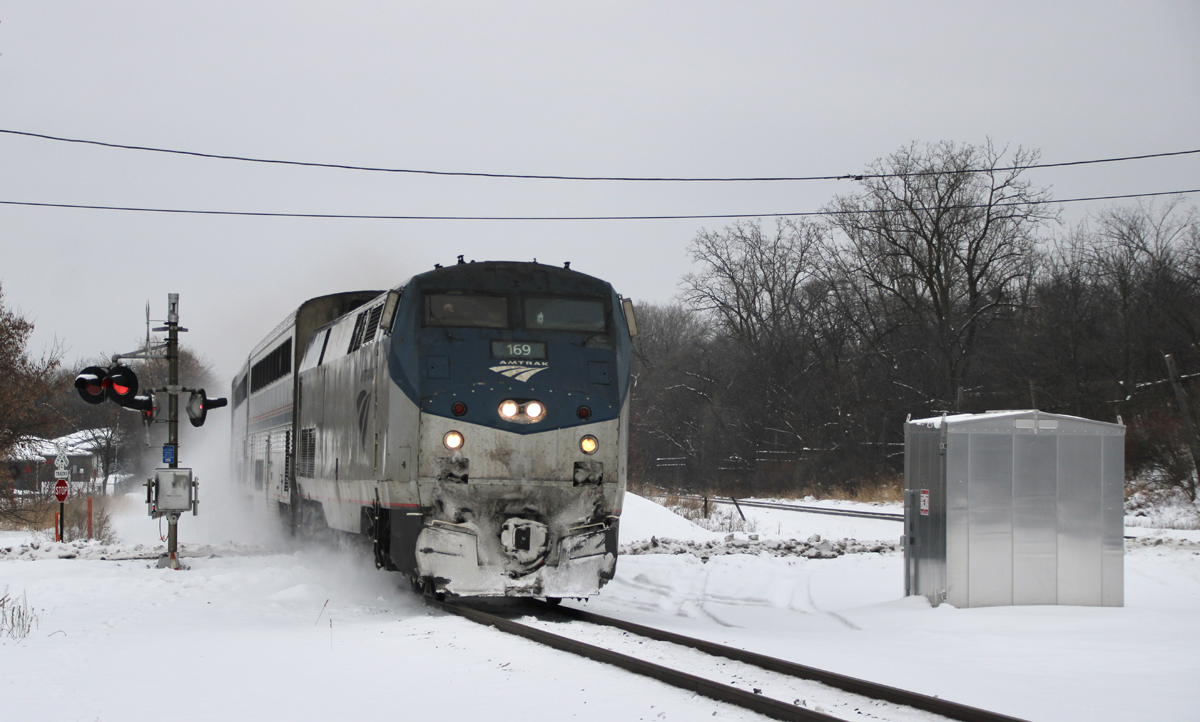
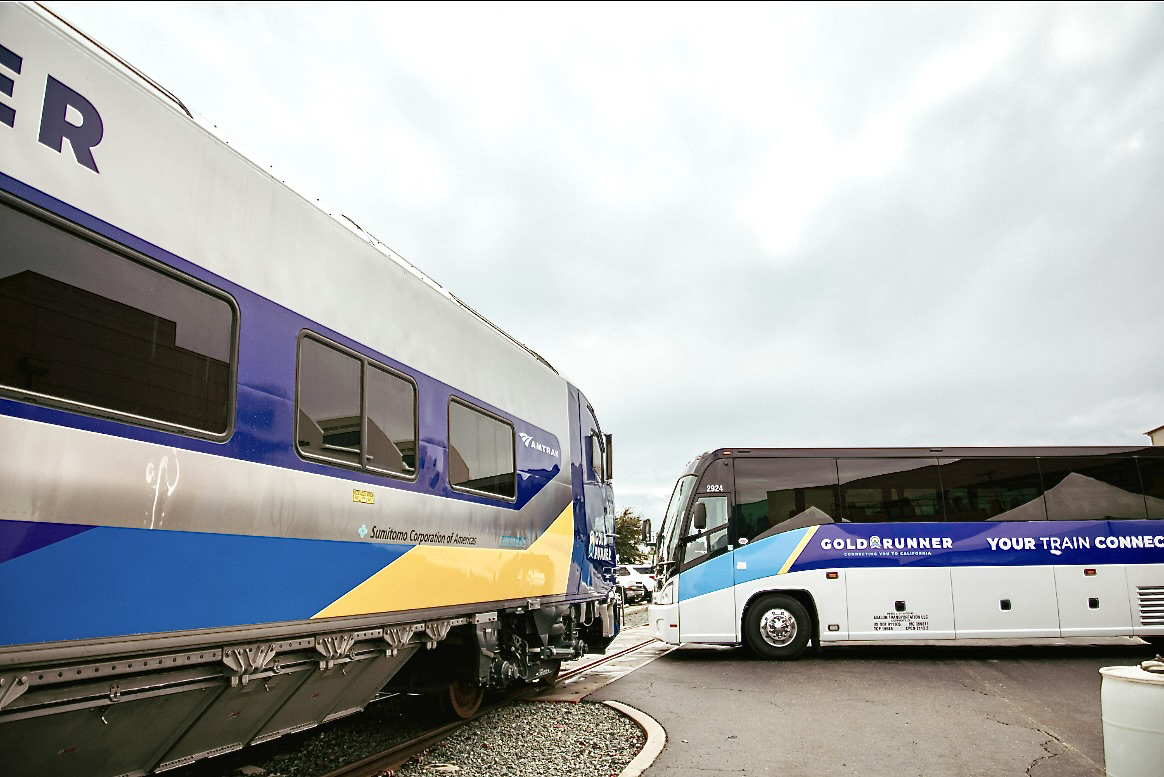
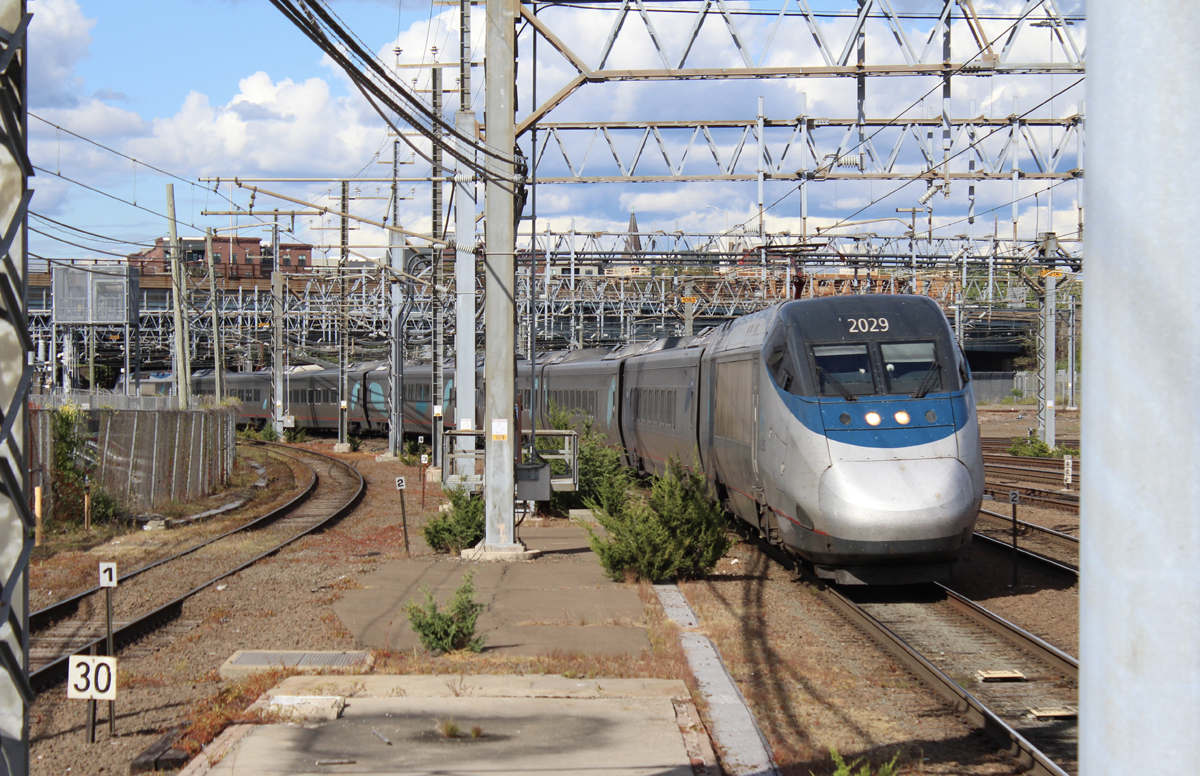
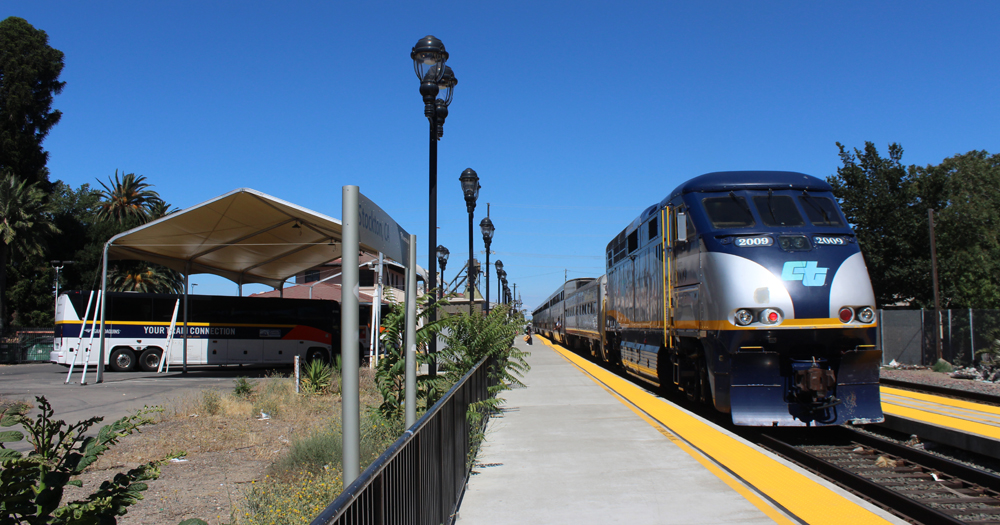




I can not imagine being locked i and Amcoach for two days just to get to Miami. And what am I missing, as this version of the Floridian is not adding any new service. Seems like a subtrefuge of the facts to me.
It all goes back to the nextgen bilevel debacle. New bilevel cars were to have built and delivered by now for California and Illinois. From that pattern was to come the Superliner 3. For those just tuning in the nextgen bilevel program was a bust. Now Amtrak is short of equipment and will sacrifice the Capitol Limited’s Superliners for western trains whilst making the Silver Star do double duty.
So – at long last: I will be able to travel northbound / westbound from South Carolina to Chicago WITHOUT having to spend a night in Washington, DC! This used to be possible, until some years ago when Amtrak shuffled the schedule of the Silver Star allowing just about 1 hour between the Silver Star arrival and Capitol Limited departure at Washington. Amtrak WILL NOT make reservations for any connections less than two hours. On the return trip (eastbound / southbound) the connection IS allowed because the two trains arrive and depart just over two hours apart. With the new service (Floridian) it will be all one train all the way through DC.
I recall when word of this Chicago-Miami train came out, there was talk that the Superliners currently used on the Capitol Limited would be moved to trains that lacked sufficient sleepers and that currently don’t operate with a Sightseer Lounge. Are there plans to do just that?
The silver lining is the Capitol route gets a daily train for as long as the Floridian lasts on this route. Maybe the CHI-WAS daily ridership will convince management to make the Capitol daily if/when the experiment ends.
Amtrak’s Capitol Limited currently is a daily train.
My bad, mixed up Capitol and Cardinal.
If a permanent direct route between Chicago and Florida is ever re-established, I would hope the trains will consist of single-level passenger cars with no staircases to climb (and no elevators). Aesthetically, single-level trains are more harmonious with uniform roofline with baggage cars and locomotives rather than the “freight train effect” of tall Superliners breaking the profile like stack trains and auto carriers.
Before Amtrak, top-tier coach-Pullman Chicago-Florida trains had high sleeping car to coach ratios. Some trains had up to 10 sleeping cars. Nowadays, Amtrak trains do not exceed three sleeping cars except for Auto Train. The issue of shortage in sleeping accommodations can be solved with building new sleeping cars.
I believe aesthetics are very, very far down on the list of design criteria. The only operational concern for having an uneven roofline are some aerodynamic losses and needing to cap the first forward-facing door to prevent the ingress of diesel exhaust.
The single-level, ex-Santa Fe baggage dormitory cars at the head end of the El Capitan trainsets had an aerodynamic fairing, but these were not retained when that equipment was converted to head-end power. Since the HEP conversion program took place during historical energy crises, it appears to not have been a priority.
Close enough for now, would be better to have the original route yet I’ll wait to see how it plays out before I run to Palatka for Chicago to Hanover Park.
Amfleet cars have what is essentially a commuter car recirculating chemical toilet. They need to be drained, cleaned, refilled and chemicals added after no more than 24-hours of use. Unless there is an extended service stop somewhere in the middle of CHI-MIA the coach passengers are going to get a redefinition of “rancid.” In the time I worked in WUS I never saw a honeywagon on the station platforms. There are (were?) potable water spigots on the lower tracks to top off the tanks but waste was handled in the yards.
Going back to legacy RRs the best times from Detroit, Toledo, Cleveland was around 36 hours to MIA (Royal Palm for sleepers coaches all changed to SOU RR at Cincinnati.) Well, the Floridian will be about 40 hours to MIA with single seats both sleepers and coaches to Florida. That 40 hours counts the almost 4 hours with the Tampa switchback. So, times JAX – Orlando comparable to legacy RR times.
Now CHI – Florida times on Floridian are much more. Note most passengers from CHI on the Legacy RRs were coach passengers. (L & N & SOU mainly)
Note there were over 10 sleepers from the DTW, TOL, CLE legacy RR connections.
Amtrak’s new Floridian is carded at about 46 1/2 hours between Chicago and Miami, not much less, if any, than current connections. The current Capitol Limited trip is scheduled for about 17 1/2 hours and the Silver Star spends 27 1/2 hours between Miami and DC. Seasoned long distance Amtrak travelers will anticipate at least 48 hours, two full days, to complete the trip.
If they are only going to have two sleeping cars, how many rooms go to the staff? Back in the old days and early years of Amtrak, coach attendants had two seats in the rear of their coach, while Kitchen, lounge and wait staff had the dormitory car. But in today’s world everyone gets their own space. Looks like 10 rooms needed for (4) coach + 1 cafe + 1 chef + 2 waiters + 2 sleeping car attendants. Would this be correct?
Could definitely use a baggage dorm.
Which means that Boston/New York passengers for Florida will have to transfer in Philadelphia or Washington.
As an experienced Boston to Florida passenger, I can report that we always took the Meteor because connections to the Star were non-existent. So north of NYP this will not matter.
With only one NY to FLA train (Silver Meteor) how about extending the Palmetto to Miami like it once did?
What am I missing here? How does the maintenance on the EAST river tunnel(s) benefit by removing only two trains (the Star) out of the hundreds which use it daily?
For those from outside the NEC, there are FOUR tubes under the East River between NY Penn and LI City/Sunnyside. These have to handle LIRR and some NJT traffic as well as Amtrak.
It’s more politically palatable to say “tunnel maintenance” than “bad equipment management.”
Far more than just the two Silver Stars are going to be canceled during the work period. This merely presented a convenient opportunity to reroute existing runs away from the work disruption, which will be major, and also more efficiently assign what limited equipment is left. What’s not to like? Is this not reasonable management and making fact-based decisions?
This sounds like it was lifted from a press release and does not address the issues, pro and con, raised by Bob Johnston in his July report. Hopefully, that will be forthcoming.
Excellent points, George.
They may publicly be saying it was due to East River Tunnel maintenance, but I believe it gives Amtrak a chance to experiment with better (limited) utilization. Assuming they can run the Floridian on time, the lack of operational Superliners may force them to extend this temporary scheduling change until as long as it takes to repair more Superliners. If that is the case, I applaud them. However, it should never have come to this. Nonetheless, you have to give Amtrak credit for thinking outside the box here. Hopefully the Capitol Limited’s reassigned Suplerliners will earn more revenue on some of the truncated western long distance trains over the Holidays.
Nr 40 / 41 used to be the Broadway Limited, wasn’t it?
Under Amtrak, yes.
The Broadway ran NY Penn-Chicago as AMTK 40/41. Under PC and PRR the Broadway was 48/49 as a coach-sleeper train after Dec 1969, and under PRR it was the all-Pullman Broadway Limited 28/29 for decades. It was named for PRR’s 4-track Main Line rather than the theatre street in NY City.
The origial South Wind was an all-coach Budd streamliner between Chicago and Miami that had one consist and made a round trip every third day. The City of Miami and Dixie Flagler covered the other two days, making for daily service between Chicago and Miami, albeit via three different routes.